Scientists at Institute of Plasma Physics, CAS, have developed a way to modify multiwalled carbon nanotubes to enhance their dispersion properties and adsorption capacities
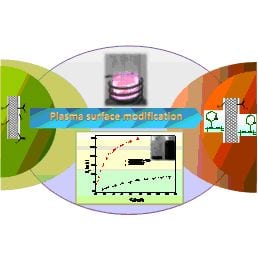

Scientists at Institute of Plasma Physics, CAS, have developed a way to modify multiwalled carbon nanotubes to enhance their dispersion properties and adsorption capacities
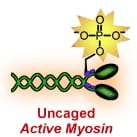
Light-triggered myosin allows real-time study of cells
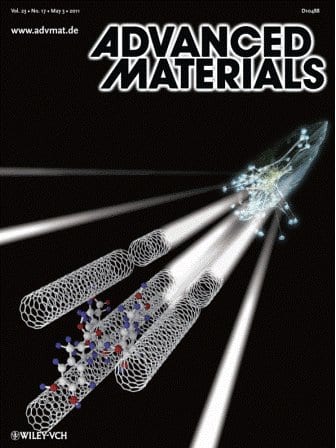
Merging the ultra-strong nature of carbon nanotubes and mussel-inspired linker molecules renders high-strength fibres via a simple spinning process.
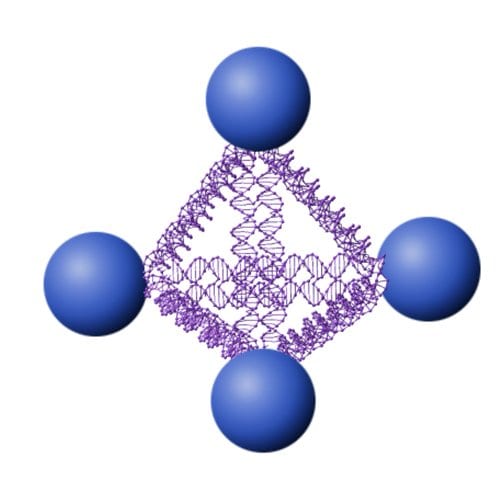
Tetrahedral constructs of DNA are a new way to support proteins on functional nanostructures, according to work by U.S. scientists.
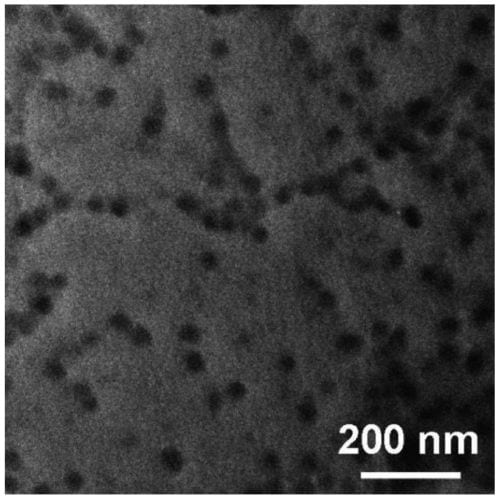
The self-assembly of block polymers raises this question, discussed in the latest Trend Article in Macromolecular Chemistry and Physics.
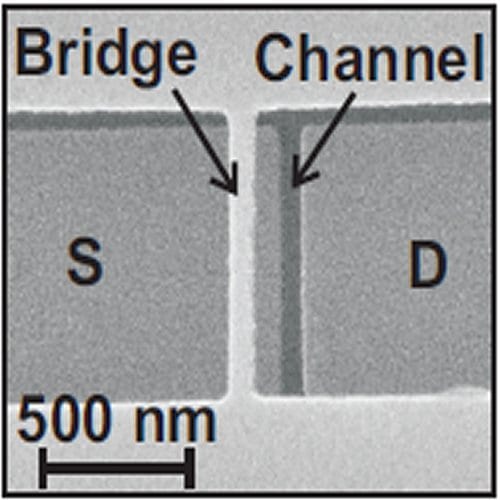
Very small organic thin-film transistors with high operating frequencies have been produced by Japanese and German scientists.
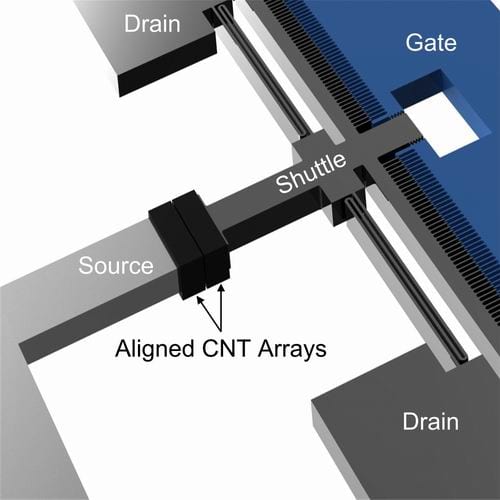
Korean researchers make a tiny switch from carbon nanotubes.
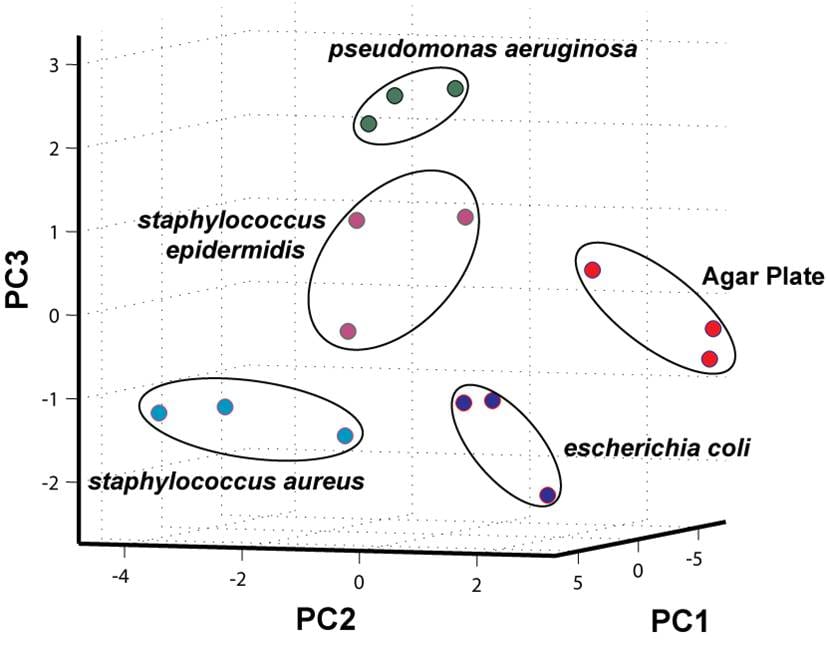
So what is next for nanochemical and biochemical sensor research? Shouldn’t we be trying to find the next glass pH electrode, rather than trying to squeeze that extra fraction of a percent out of our tried and tested materials?

The addition of extremely small crystals to solid electrolyte material has potential to raise the efficiency of fuel cells. Researchers at TU Delft were the first to document this accurately.
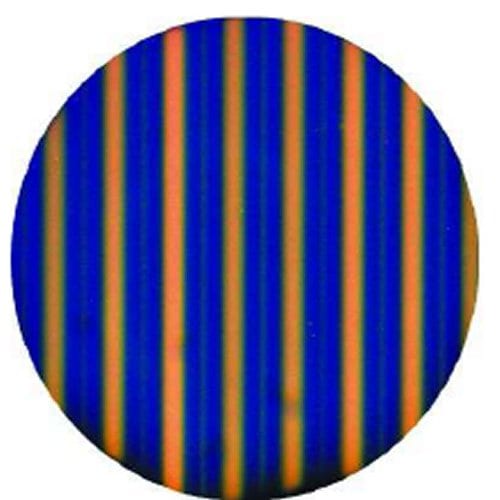
Two dyes give three colors on a hierarchically patterned surface, in work by German and Chinese scientists.